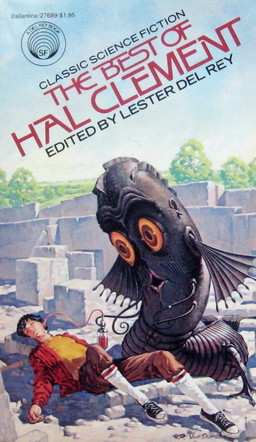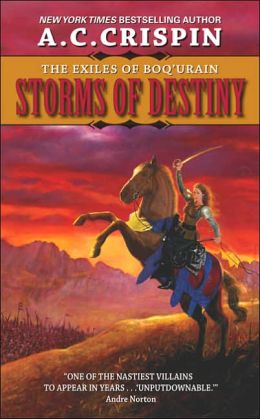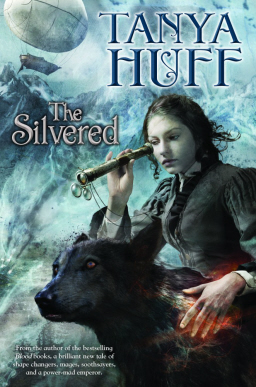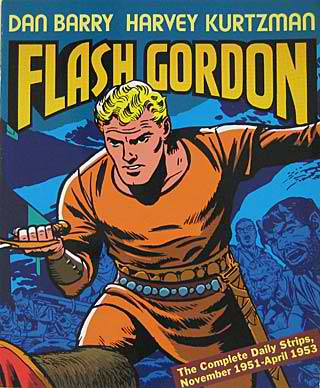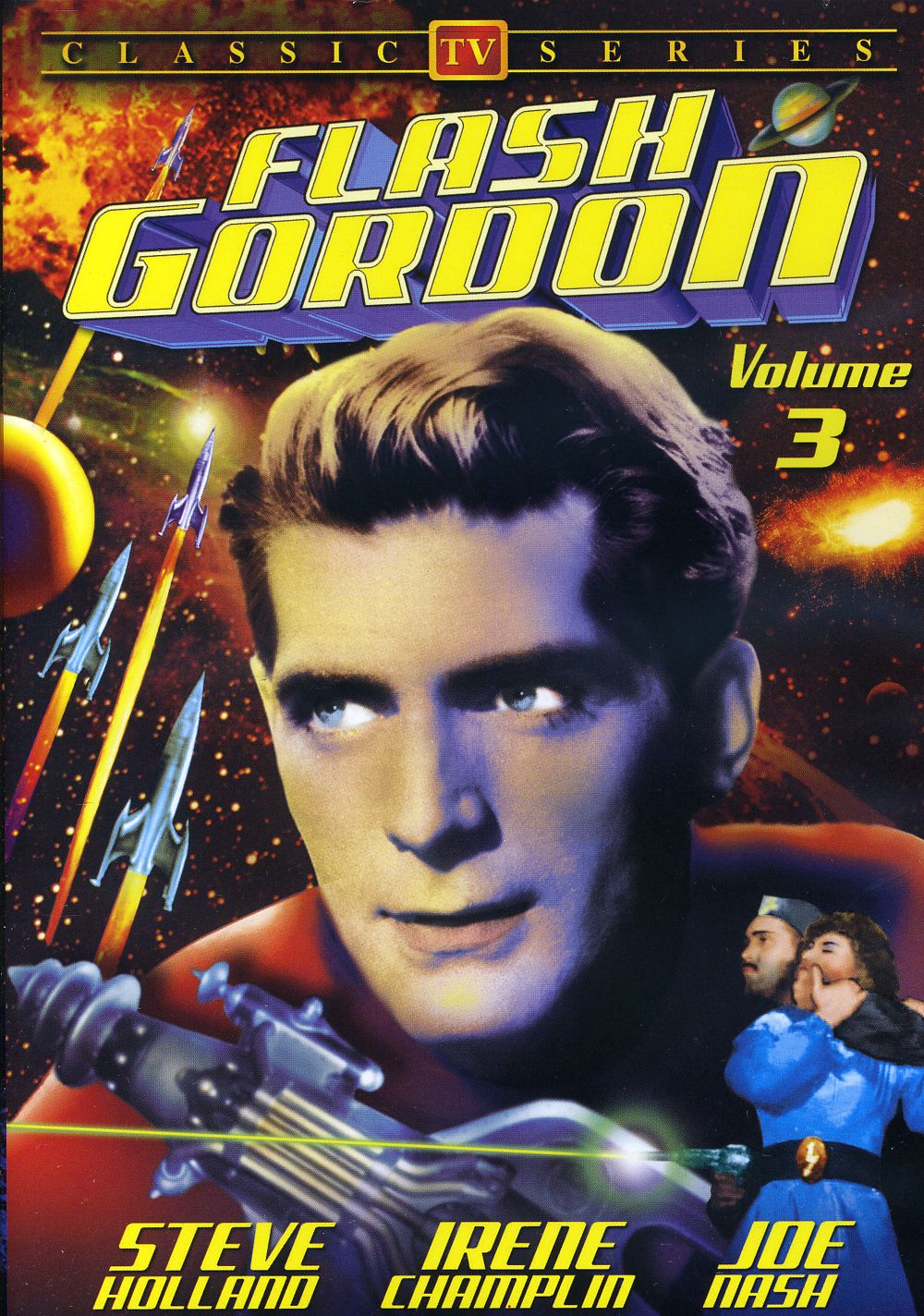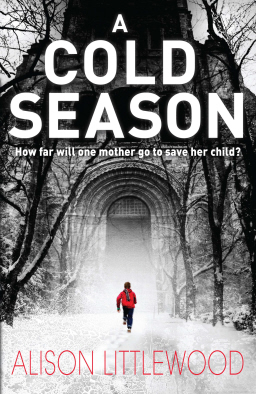Andre Norton, Michael Moorcock and Appendix N: Advanced Readings in D&D
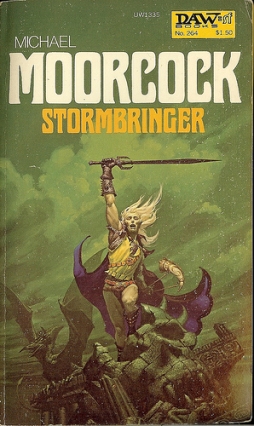 And so we come to two of the most influential and prolific fantasy writers of the 20th Century, Andre Norton and Michael Moorcock, as we follow intrepid literary explorers Mordicai and Tim Callahan on their voyage of discovery through Appendix N at Tor.com.
And so we come to two of the most influential and prolific fantasy writers of the 20th Century, Andre Norton and Michael Moorcock, as we follow intrepid literary explorers Mordicai and Tim Callahan on their voyage of discovery through Appendix N at Tor.com.
Tim and Mordicai have been none too gentle to some of the writers in Appendix N, including L. Sprague de Camp, Gardner Fox, and even Roger Zelazny. But in Norton and Moorcock, they find authors they can appreciate.
Here’s Tim on Michael Moorcock:
I read The Swords Trilogy and The Chronicles of Corum early, and they made an impact. They exploded inside my mind in a way I have never forgotten, even if I can’t remember many of the story details from any particular chapter… but I didn’t really feel like I tuned into Elric until halfway through the first reprint volume, when we get the four novellas of Stormbringer…
It’s classic Moorcock, in that imaginative and terrifyingly evocative way that I loved all those years ago when I first picked up The Swords Trilogy off a spinner rack in my hometown general store. Stormbringer begins with agents of chaos abducting Elric’s wife, and it takes off into the realm of mass warfare and conflicts with not-quite-dead-gods soon enough.
Moorcock aims for the mythic.
Read the complete article here.
Good to see a little love for classic sword & sorcery, but personally I don’t see a lot of direct influence from Elric on D&D — unless you count the section on powerful artifacts in the Dungeon Masters Guide, which clearly was conceived with weapons like Stormbringer in mind.

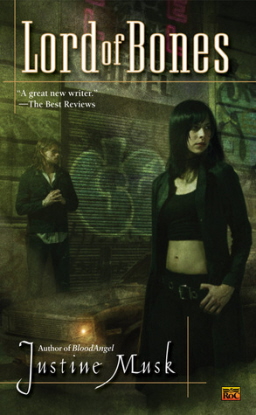
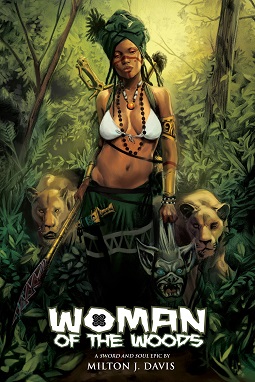
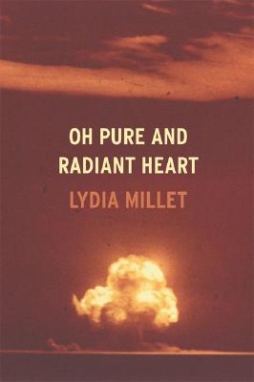 It’s not uncommon for writers of fictions called ‘literary’ to use science-fictional or fantastic elements in their work. And it’s not uncommon for sf readers to suggest that they’re using those elements wrongly, with a lack of understanding of the material they’re working with — usually, depending on the specific case, either because the writer didn’t understand the history of the way the element in question has been treated in prior (genre) works, or simply because they haven’t thought the logic of what they’re doing through in a rigorous way. Personally, I find this is rarely a problem in the fantastic ‘literary’ works that I read. And, intriguingly, when it is a problem, it’s not necessarily a significant problem.
It’s not uncommon for writers of fictions called ‘literary’ to use science-fictional or fantastic elements in their work. And it’s not uncommon for sf readers to suggest that they’re using those elements wrongly, with a lack of understanding of the material they’re working with — usually, depending on the specific case, either because the writer didn’t understand the history of the way the element in question has been treated in prior (genre) works, or simply because they haven’t thought the logic of what they’re doing through in a rigorous way. Personally, I find this is rarely a problem in the fantastic ‘literary’ works that I read. And, intriguingly, when it is a problem, it’s not necessarily a significant problem.